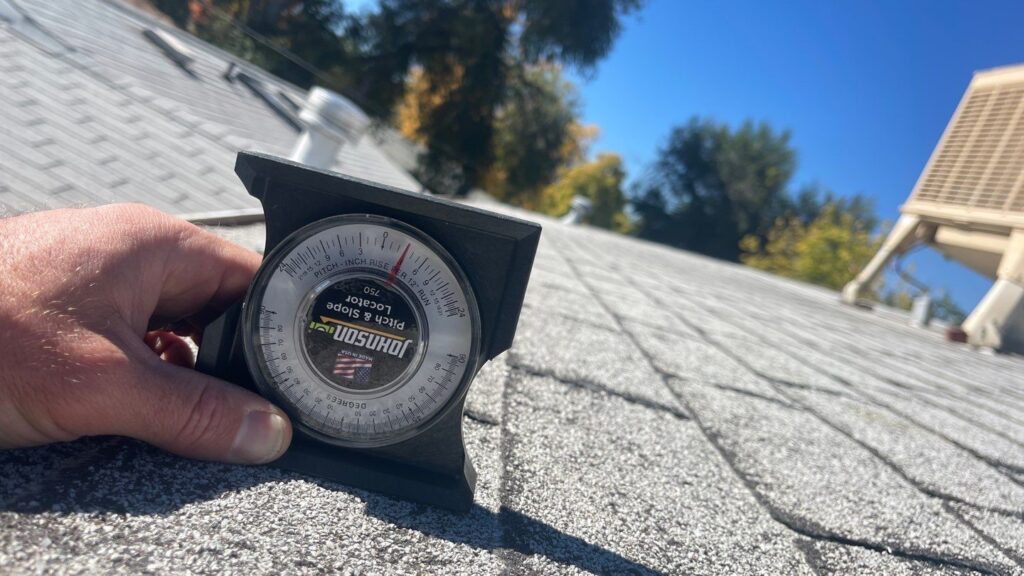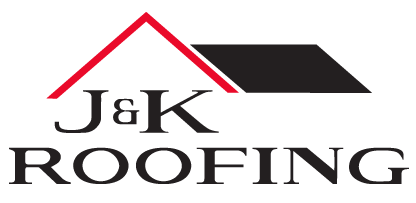
5 Important Things Homeowners Should Know About Roof Slope and Pitch
When it comes to having your roof replaced, you might initially think that your chosen roofing materials and labor are primarily what determines your project timeline and cost. But there’s more to it than that.
In particular, how your roof is structured has a large impact on your roof replacement project. Your roof’s slope and pitch can impact how roofing contractors are able to access your roof and how they install your new roofing system.
Let’s dig into 5 important things homeowners should know about roof slope and pitch.
1. What Slope and Pitch Are
Roof slope and pitch are technically two different things, yet they’re often used interchangeably. Getting an idea of what they are requires some triangular math.
Roof slope is the measurement of your roof’s rise compared to the run of your roof. It is expressed as a ratio. For example, if your roof has a slope of 3 feet for every 9 feet of run, its slope is 1:3.
Roof pitch is your roof’s rise compared to the span of your roof, and it is expressed as a fraction. The span of your roof is basically the length of your roof (technically the distance between top plates of opposing walls). So a roof with a rise of 3 feet for every 12 feet of span would be expressed as 3/12.
By and large, a common roof pitch is anything from 4/12 to 9/12. You can learn more about common measurements by looking at a roof pitch chart.
2. Roof Pitch Affects Roof Replacement Costs
Because the pitch of your roof is an indication of how steep your roof is, it can impact how expensive it will be to work on. For example, low-pitched roofs are easy to walk around on and have a lower risk factor. This is why low-pitched roofs are particularly popular, especially in areas that don’t experience heavy snowfall.
3. Your Home’s Slope and Pitch May Determine the Type of Shingles You Can Have
The pitch of your house also can impact the type of shingles you can have. Standard shingles, like asphalt, wood, and metal should be used on roofs with a pitch of 3/12 to 9/12. If your home’s pitch falls outside that range, your shingle selection is incredibly important, as the wrong material could lead to leaks and other issues.
4. Annual Snowfall Impacts Minimum Roof Pitch Requirements
The weather in your area will impact the amount of storm damage to pitched and flat roofs located there.
For example, we experience a lot of weather events like annual Colorado hail storms and snow storms. Roofs with a high pitch are intended to help prevent the buildup of snow, sleet, and ice, which don’t pool as often when a steep roof is directing moisture down to your gutters and away from your home. This may be why your neighborhood has many steep roofs, especially in the mountains.
5. How to Measure Roof Slope and Pitch
The easy way to measure roof slope and pitch is to have someone else do it! Specifically, have a trained professional measure your home’s roof slope and pitch. This is for a couple of reasons:
- Roofing is dangerous, and you should never get on your roof to take care of any maintenance.
- Measuring roof slope and pitch can be complicated, and you don’t want it done the wrong way.
The good news is that J&K Roofing can help. We’ve got the experience and knowledge to handle your roofing project, no matter how big or small it may be. If you’re in the Denver Metro, Front Range, Colorado Springs, or Northern Colorado areas, get in touch with us for a free inspection. We’re ready to help you!
